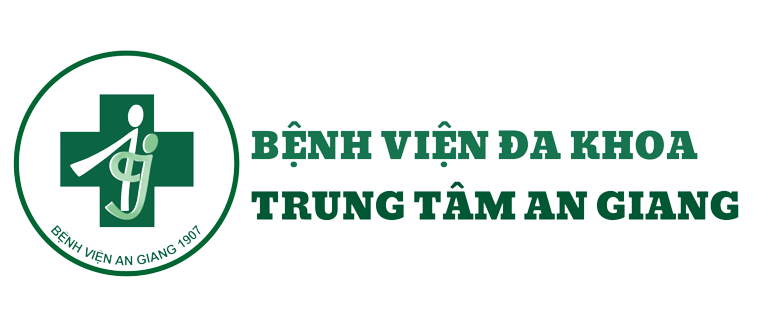Taddio A, Shah V, Stephens D, Parvez E, Hogan ME, Kikuta A, Koren G, Katz J.
Source Pediatrics. 2011 Apr;127(4):e940-7. Epub 2011 Mar 14.
Leslie Dan Faculty of Pharmacy, Universityof Toronto, 144 College St, Toronto, Ontario, CanadaM5S 3M2. anna.taddio@utoronto.ca
OBJECTIVE:
To determine the relative effectiveness of liposomal lidocaine, sucrose, and their combination for reducing pain in term newborns.
METHODS:
Ours was a double-blind, randomized, controlled, double-dummy trial of 330 healthy term newborns. Before venipuncture for the newborn screening test, neonates received (1) 1 g of liposomal lidocaine cream topically, (2) 2 mL of 24% sucrose solution orally, or (3) sucrose and liposomal lidocaine. The facial grimacing score (0-100) was used to assess pain. Adverse events and lidocaine levels were used to assess safety.
RESULTS:
Infant characteristics did not differ among groups. Facial grimacing scores were lower in the sucrose group compared with those in the liposomal lidocaine group (mean difference: -27 [95% confidence interval (CI): -36 to -19; P < .001) and for the sucrose plus liposomal lidocaine group compared with those in the liposomal lidocaine group (mean difference: -23 [95% CI: -31 to -14]; P < .001). The sucrose and sucrose plus liposomal lidocaine groups did not differ (mean difference: -5 [95% CI: -13 to 4]; P = .3). Local skin reactions were not observed, and the incidence of spitting up did not differ between sucrose-exposed and non-sucrose-exposed infants (1.4% vs 2.7%, respectively; P = .22). The mean (SD) plasma lidocaine level was 44.6 (55.3) ng/mL.
CONCLUSIONS:
Sucrose was more effective than liposomal lidocaine for reducing pain during venipuncture in newborns. The addition of liposomal lidocaine to sucrose did not confer any additional benefit to sucrose alone. There was no evidence of harm from liposomal lidocaine or sucrose.





